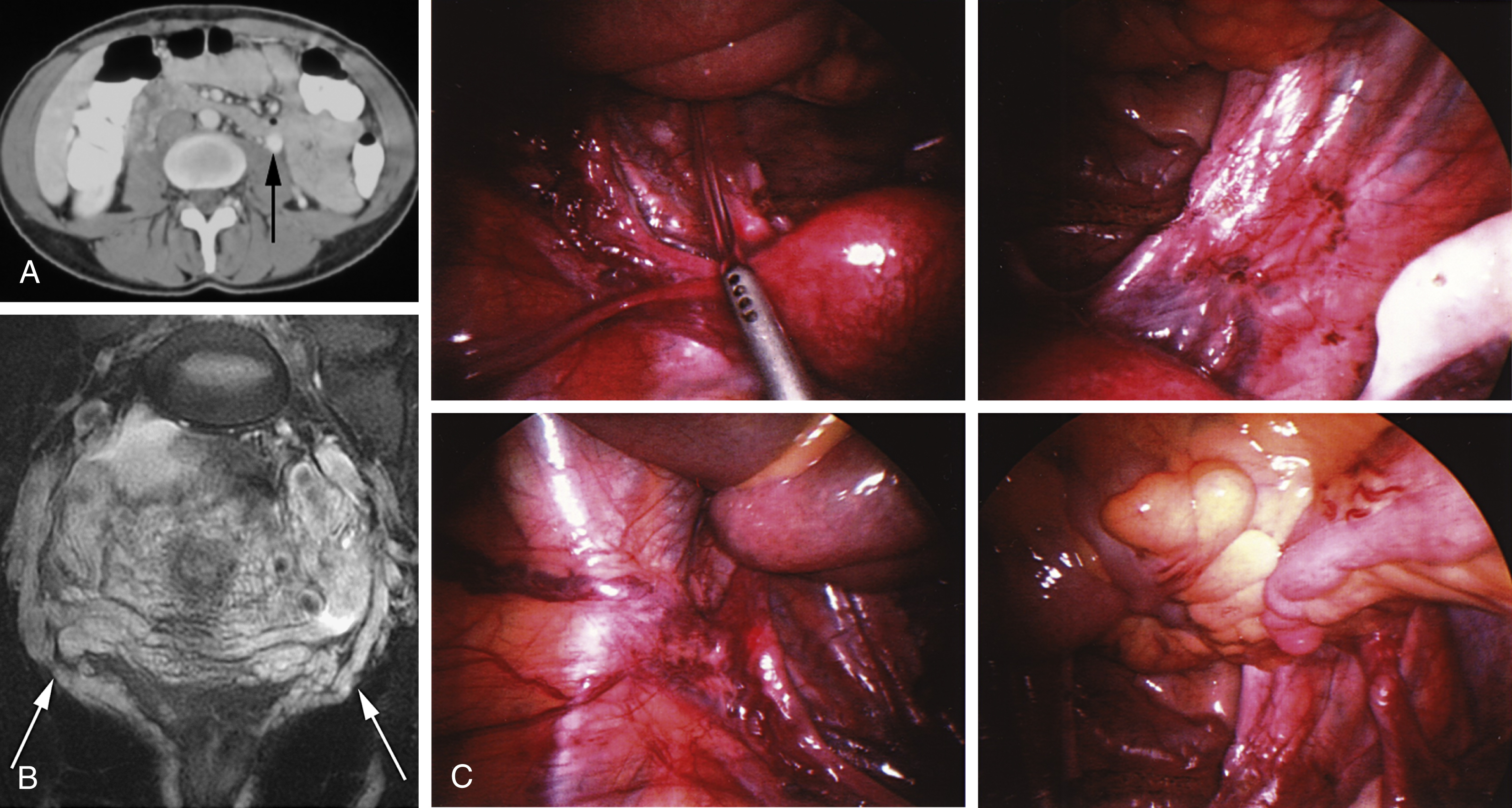Physical Address
304 North Cardinal St.
Dorchester Center, MA 02124
Chronic pelvic pain, characterized by noncyclic pelvic pain for longer than 6 months, is a common medical problem among women. The condition is potentially debilitating, and it afflicts millions of women worldwide. It has been reported that up to 39.1% of women have suffered chronic pelvic pain at some period in their lives.
Pelvic congestion with pelvic varices has been the focus of clinical and research interests for many years since its first description by Richet in 1857 and its first association with chronic pelvic pain by Taylor in 1949. Physical symptoms of pelvic congestion causing chronic pelvic pain have been well documented, but there is no clear consensus in diagnosis and treatment.
Common therapies for pelvic congestion include medroxyprogesterone acetate (Depo-Provera [Pfizer Inc., New York, NY]) and goserelin (Zoladex [AstraZeneca Pharmaceuticals, Wilmington, DE]) to suppress ovarian function, and hysterectomy with or without bilateral salpingo-oophorectomy. Despite its curative intent, hysterectomy studies reported residual pain in 33% of patients and a 20% recurrence rate. To improve clinical efficacy and reduce peri- and postoperative morbidity, percutaneous pelvic vein embolization treatment has been introduced.
Venogram and embolization are indicated for patients who are suffering from chronic pelvic pain and when pelvic congestion is suspected to be the cause of the pain. Symptoms and signs of pelvic congestion have been well documented, but because several symptoms can overlap with those of other conditions, the diagnosis can be overlooked. The diagnosis of pelvic varices can be challenging even with advanced imaging studies such as ultrasound, computed tomography ( Fig. 47.1A ), or magnetic resonance imaging ( Fig. 47.1B ). Even with direct visualization with laparoscopic evaluation, the diagnosis can be missed in up to 80% of patients ( Fig. 47.1C ).

Thus, thorough clinical evaluation is imperative. Affected patients are typically in their late 20s or early 30s. Pelvic congestion with varicosities in the infundibulopelvic and broad ligaments draining via ovarian and internal iliac vein tributaries can cause dull, aching, unilateral pain in the pelvis. The pain can be worsened by walking and postural changes. It can be cyclic with dysfunctional bleeding and dysmenorrhea, or accompanied by dyspareunia or postcoital ache that may last for hours or days ( Table 47.1 ).
| Symptoms |
| Dull, aching pelvic pain, worse with standing, activity, or Valsalva maneuver Pain in right or left lower quadrant, dyspareunia Postcoital ache Secondary dysmenorrhea Dysfunctional uterine bleeding Urinary frequency/urgency with negative cystoscopy and urine culture Gastrointestinal symptoms without a cause or irritable bowel syndrome Low back pain Migraine headache Family history of varicosities |
| Signs from Physical Examination |
| Ovarian point tenderness on abdominal examination Cervical motion tenderness Adnexal tenderness |
| Diagnostic Studies |
| Polycystic ovaries on US Varices may be visualized on laparoscopic study; US, CT, and MRI helpful but not a necessity. |
Frequently, pelvic embolization is performed in patients who have exhausted many surgical procedures, and there are few contraindications. Patients who have active pelvic inflammatory disease or any other significant infections should be treated for such before embolization. Patients with prior allergic reactions to iodinated contrast should be premedicated before embolization. Finally, venogram and embolization cannot be performed in patients without safe venous access.
The procedure is performed in an angiography suite under high-quality fluoroscopic guidance. Sterile environment is a requirement. A fluoroscopic table with tilt function may be helpful, but a technique described in the following section can be used instead, and successful embolization with excellent outcome can be expected without the tilt table. Iodinated contrast (Omnipaque 350 [Nycomed, Princeton, NJ]) is used for optimal visualization.
Become a Clinical Tree membership for Full access and enjoy Unlimited articles
If you are a member. Log in here